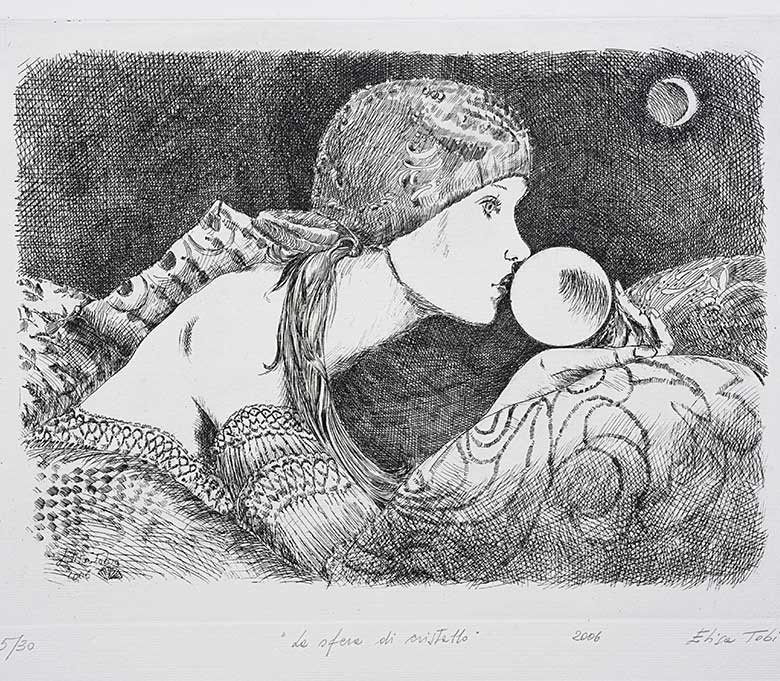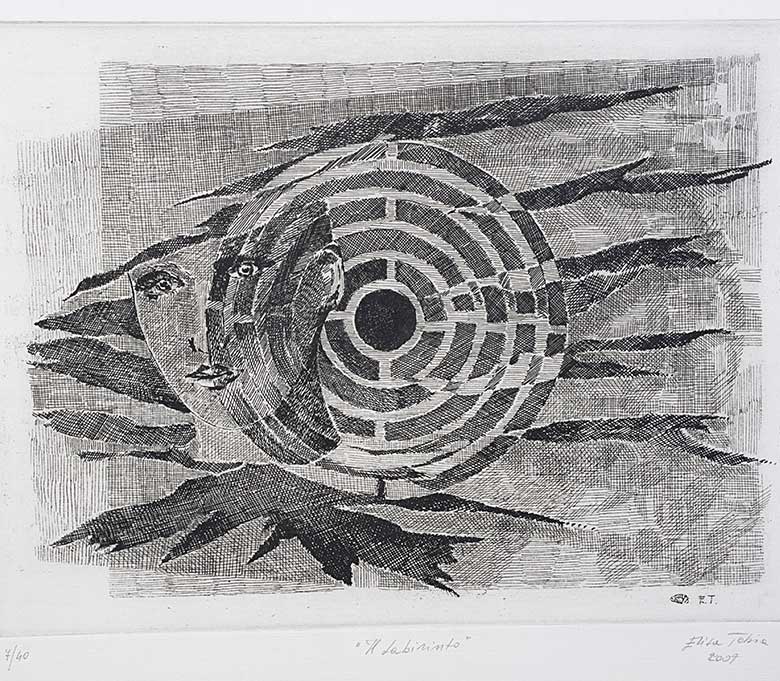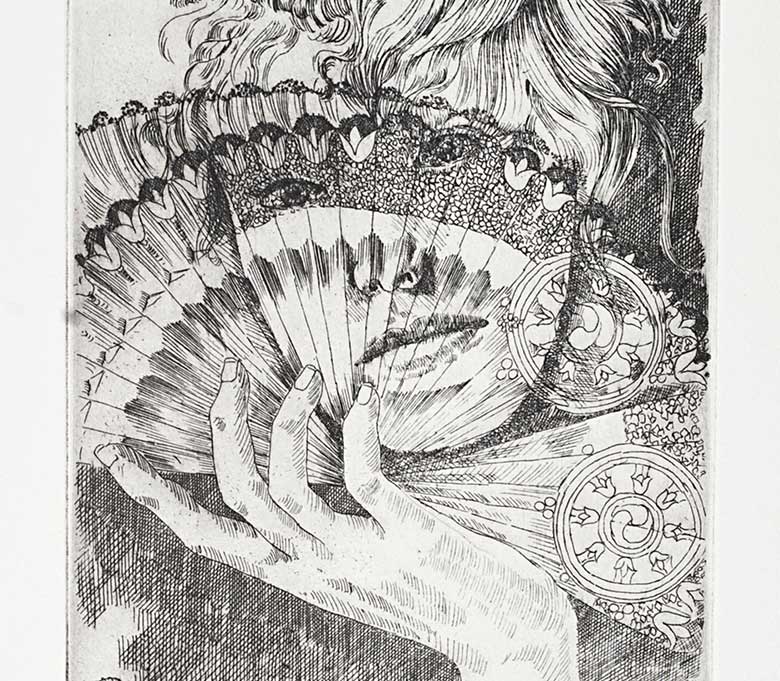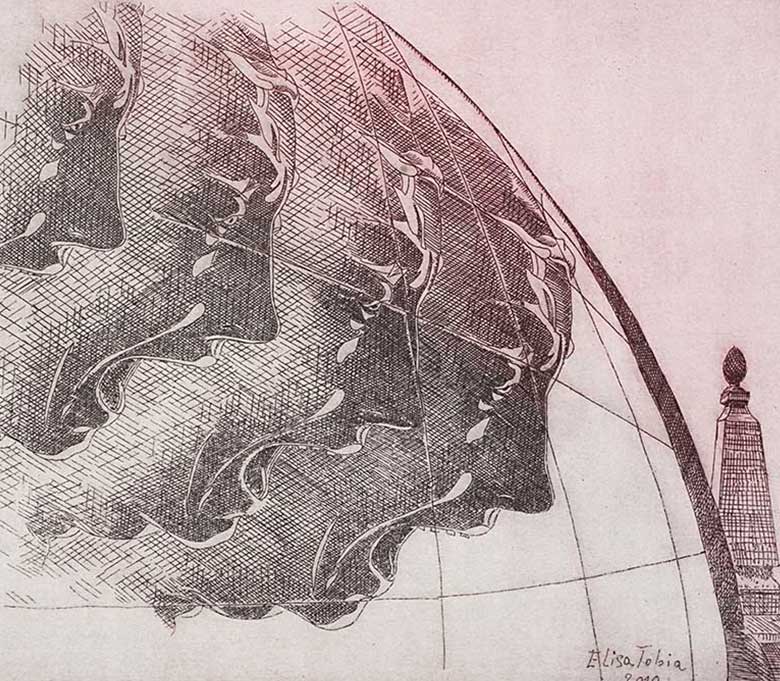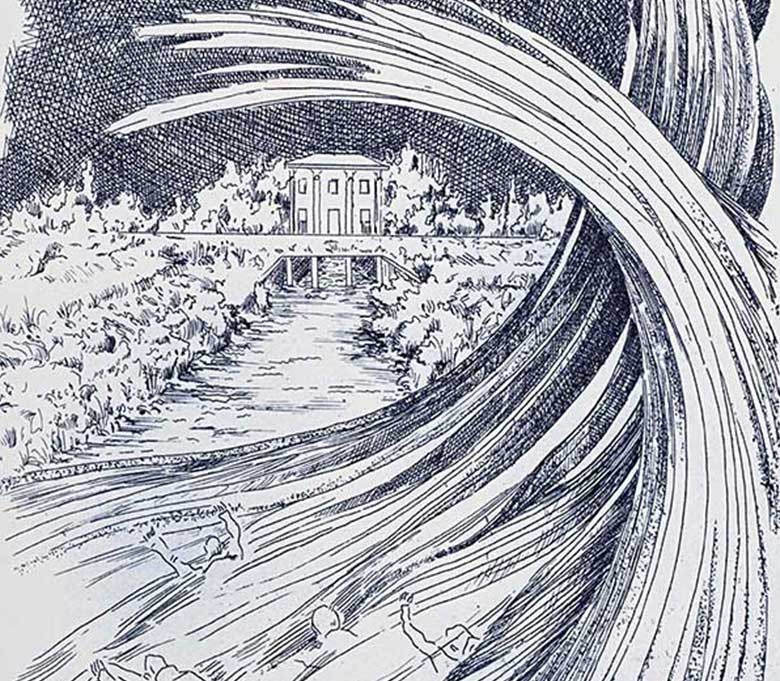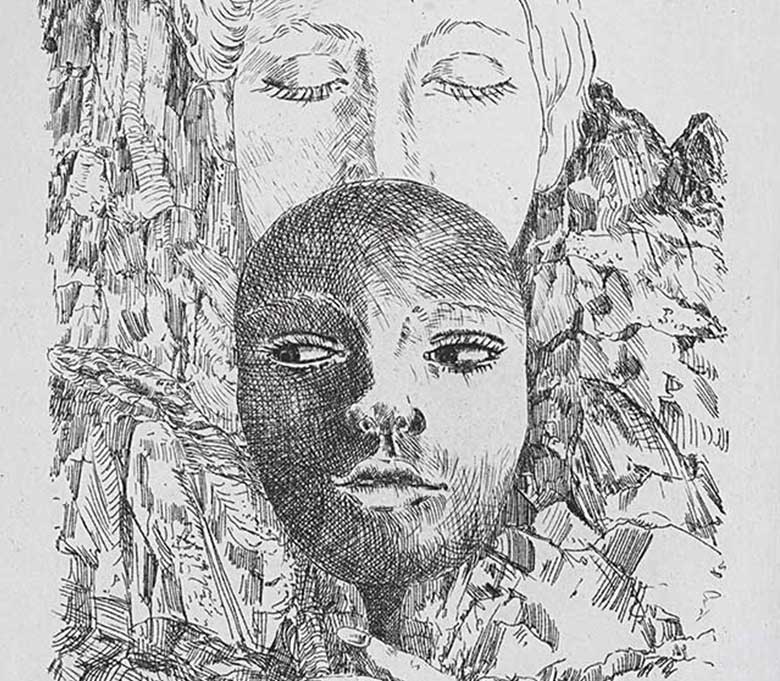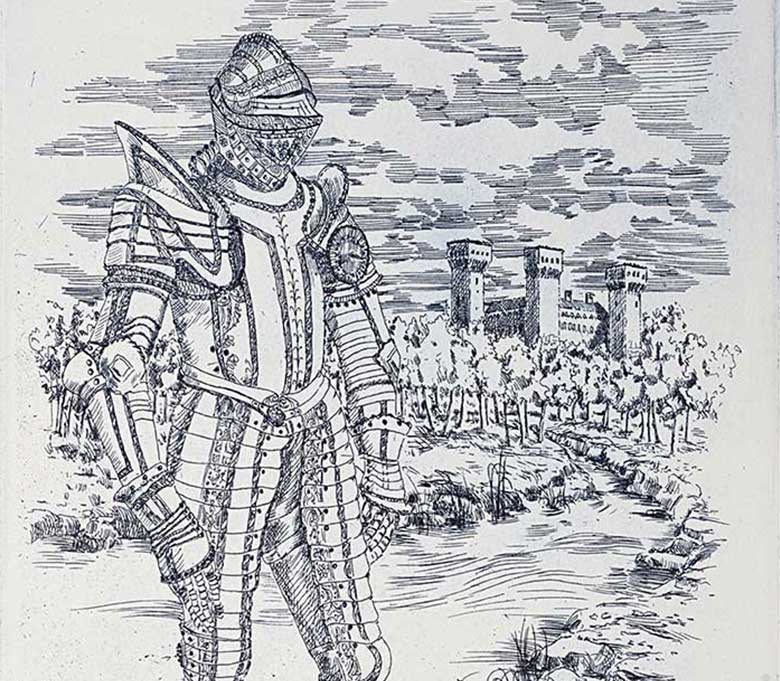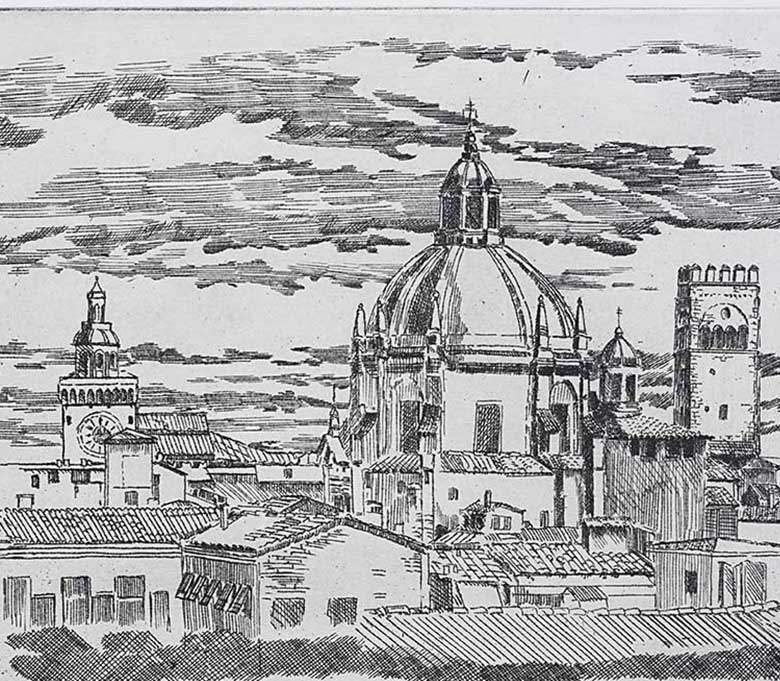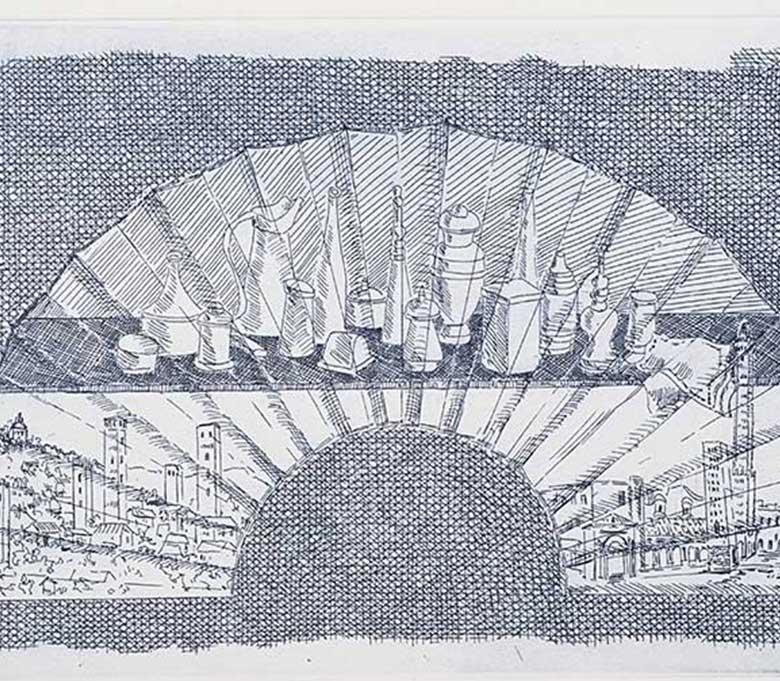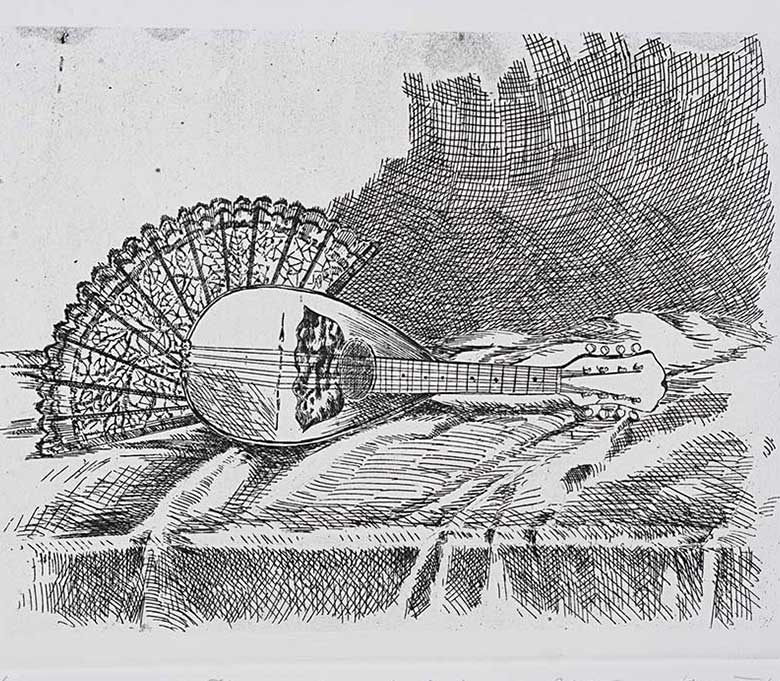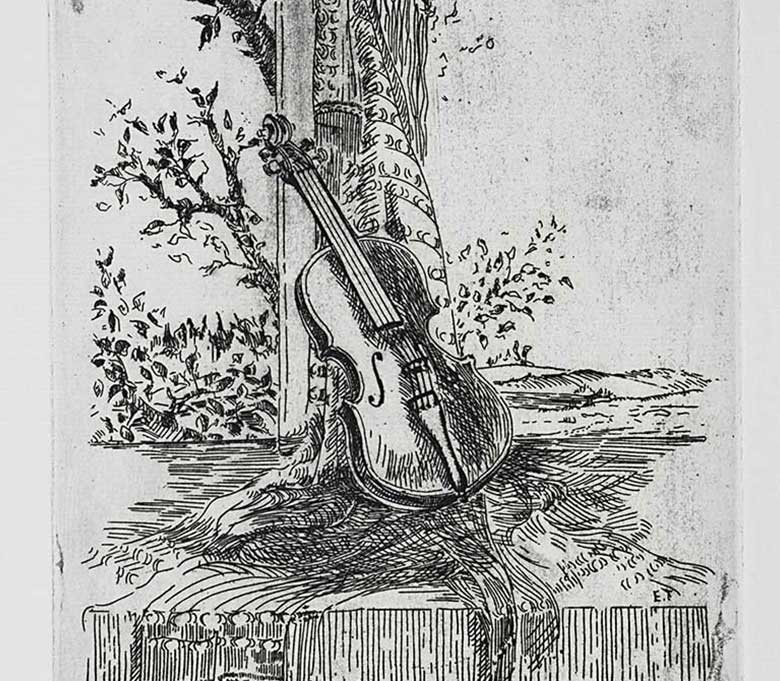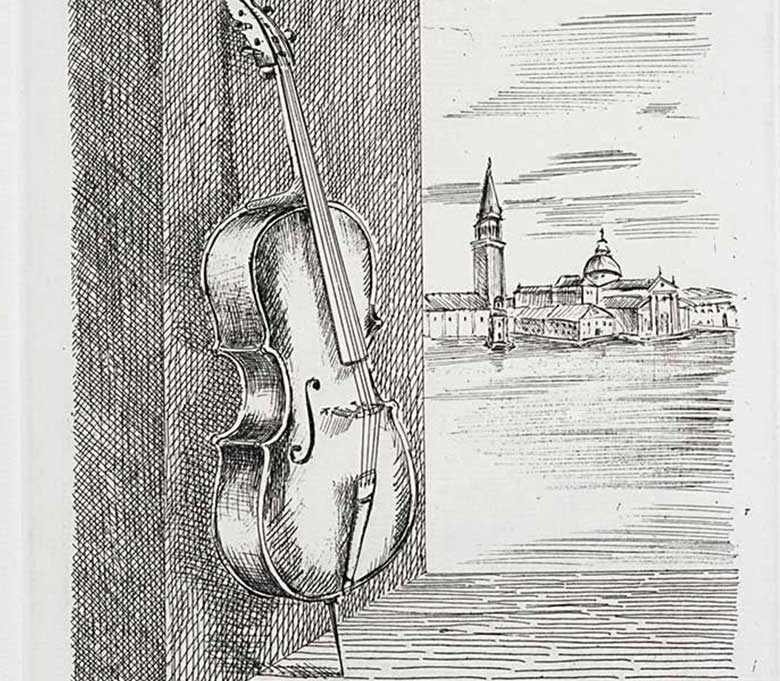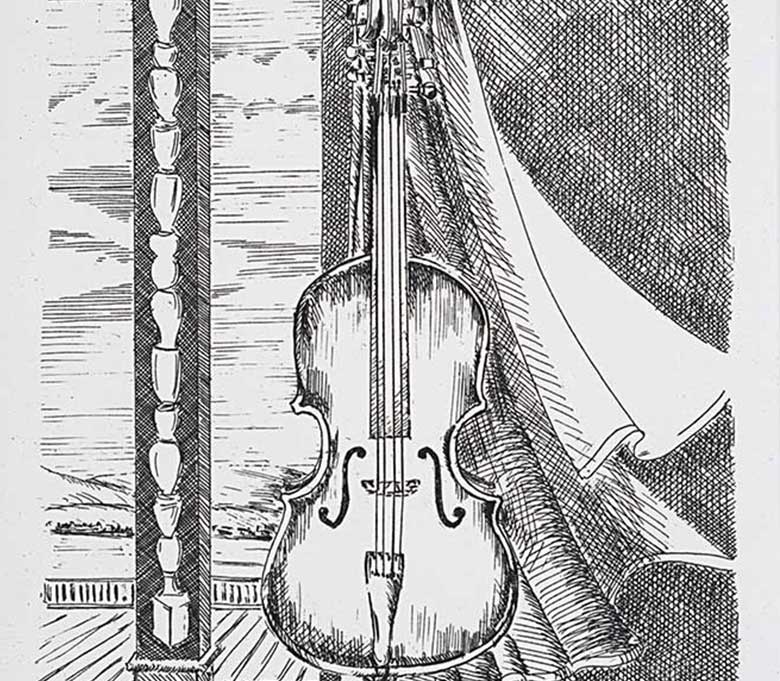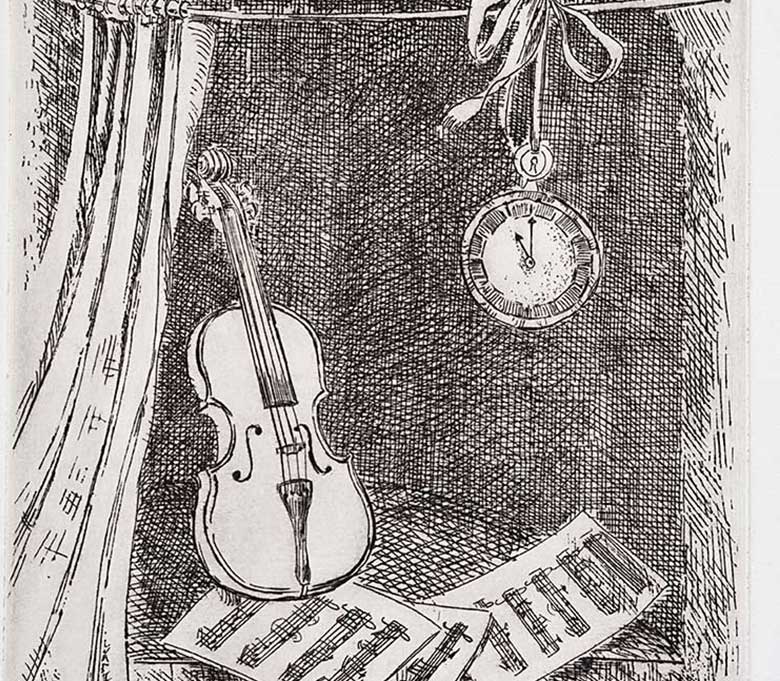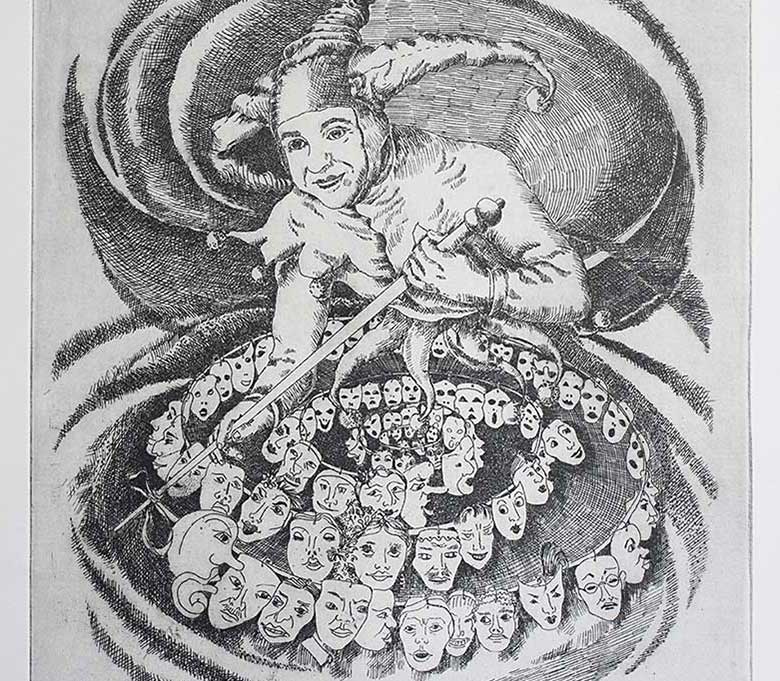ENGRAVING
ORIGINAL ENGRAVING
From the Declaration on original engraving in Milan o "Bertarelli Declaration" of May 5, 1994.
The original engraving is the result of a drawing on a hard surface, either by hand using a pointed instrument, either chemically by corrosive substances.
The hard surface, representing the matrix, may be of metal, wood or stone. It must be hand-engraved by the artist.
The press must be done with a hand press, copy by copy (not for photocopying). Each printed work must be signed and numbered by hand by the engraver, in pencil.
The circulation, or the number of prints, for technical and value reasons should have a limited number of copies.
After the print run, the engraver or editor must prevent other runs.
ETCHING
The etching is the indirect technique of engraving "on cable".
Its name derives from the acid by which, due to corrosion, is obtained the drawing (lat. acquafortis = nitric acid).
I use most of all zinc plates I engrave after covering them with a thin layer of brown wax.
I use burin, a metal tip I draw on the plate with, as removing thin layers of wax.
When the drawing is finished, I dunk the plate in a nitric acid solution to make the etching.
The acid, while corroding the zinc in the marks I made on the wax, creates grooves.
At the end of the etching phase, the plate is cleaned from wax, it is then inked, covered by a sheet of printing paper, moistened and passed under the roller of the press.
Due to the pressure of the roller, the ink from the grooves of the matrix passes on to the sheet.
This procedure is repeated until the end of the print run.
